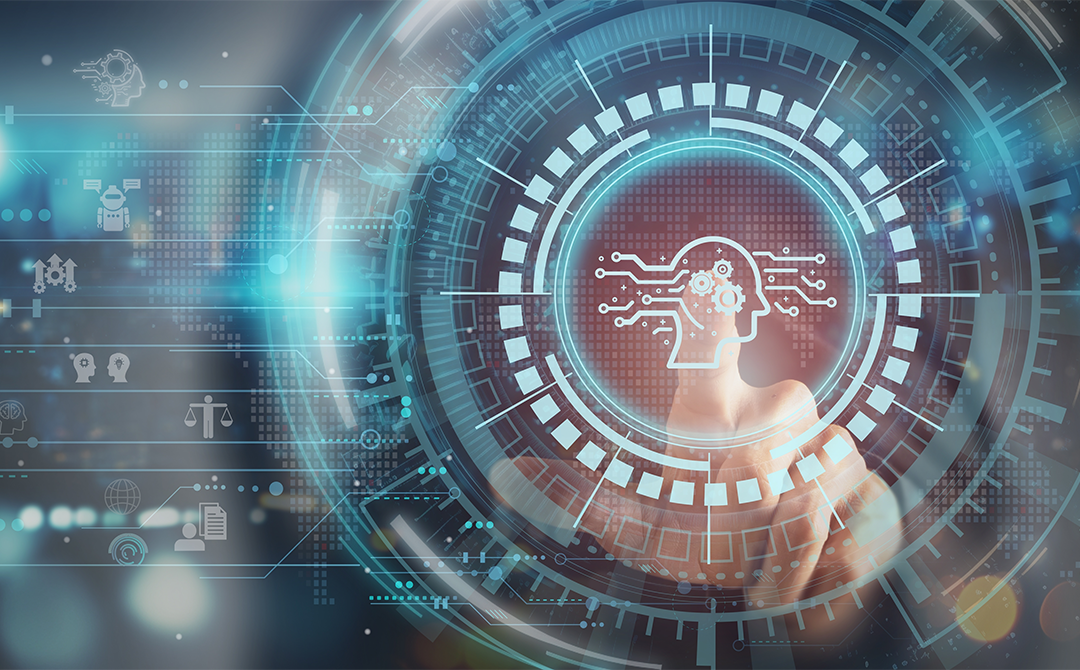
Media attention surrounding ChatGPT has predominantly focused on the transformative potential this technology has to reshape the nature of work. However, the larger story is about how GenAI will transform the customer experience. A McKinsey study finds that 80 percent of customer tasks can be automated across channels, resulting in a 20 percent savings for cost-to-serve.
ChatGPT and similar tools can be leveraged to support numerous use cases, across business functions such as marketing and sales, supply chain, customer support, product development, and more. By increasing employee productivity, enabling proactive outreach and problem solving, and addressing common friction points, generative AI solutions can help teams rapidly evolve customer-facing capabilities. To achieve this vision, however, enterprise teams will need to overcome five different obstacles and deploy two different architectures: one for human-augmented interactions and one for fully automated interactions.
5 Challenges to Solve to Get ChatGPT Ready for Primetime
So, what are some of the roadblocks or risks to implementing generative AI – and how can they be mitigated?
- ChatGPT doesn’t personalize messages: Current generative AI tools can’t personalize messages, yet personalization is key to driving product and service sales, increasing per-purchase spending, gaining repeat sales, and enhancing customer loyalty. Marketers need enterprise-class generative AI technology to be able to personalize names, imagery, offers, product recommendations based on recent purchases, and cart abandonment messages.
- ChatGPT hallucinates content: Generative AI solutions use prompts and leverage past learning to create content. This means that they fill in the gaps with content learned from statistical patterns, often “hallucinating” information that isn’t true.To leverage generative AI and scale it across customer segments and use cases, enterprises need to be able to identify and remove this erroneous content before it reaches users and approvers or is distributed to customers.
- Generative AI can’t apply business rules: Business rules streamline customer interactions. Narrow AI chatbots have excelled at detecting these similarities and serving up approved answers. Generative AI can’t detect these commonalities and will create original responses to answer each question, creating customer confusion and introducing errors into interactions. An enterprise-grade technology architecture that combines a generative AI tool with the company’s predefined business policies would help standardize these responses, providing consistent responses across customers.
- Generative AI isn’t able to ensure compliance: Customer-facing content typically goes through legal reviews, to ensure that imagery, text, offers, and promises comply with a company’s legal, regulatory, and customer policies. This process protects companies from customer mishaps, regulatory censure and fines, and other types of business harm. Generative AI can’t create compliant content, as it doesn’t understand these nuances. As a result, technology that leverages generative AI must embed legal guardrails to identify and remove non-compliant content before it is distributed or used publicly.
- Ungoverned use of ChatGPT is creating security risks: ChatGPT use is a fascinating case study in what happens when individuals aren’t checked by security policies. Media stories abound about employees inputting sensitive data into this publicly accessible chatbot, risking data exposure and the loss of intellectual property. Enterprise data and IT teams can mitigate these issues by segmenting information: sending sensitive content to domain chatbots, which are guarded by security controls and systems, and routing general inquiries to ChatGPT.
Evaluating New Architectures for Generative AI
To enable human-augmented B2C and B2B operations and fully automated B2C operations, enterprises will need two different architectures.
Both architectures leverage open-source generative AI tools like ChatGPT and other solutions that guide processes from prompt input; to data synthesis; to content creation, cleaning, and personalization; and governance.
Using ChatGPT to Streamline Human-Augmented B2C/B2B Interactions
Let’s consider a common scenario. A marketing professional enters a prompt into an enterprise interface, using a predesigned questionnaire to guide content development, such as for an email campaign.
The employee enters key information, including the email directions, desired audience, product name, marketing claims and product characteristics, and any usage directions.
The architecture then harnesses customer personas to enrich instructions with information that will appeal to this segment, providing these data models are available. The enhanced question is then sent via an external API to ChatGPT or any similar generative AI tool.
Next, a curator applies business rules and legal guardrails to ensure that the content will meet enterprise and regulatory standards. The marketing professional would then review and approve the resulting email before sending it to the customer base.
Using ChatGPT to Automate B2C Interactions
So, what about interactions that can be fully automated?
After a user enters a question, it is enriched with customer persona data, as before. However, the updated query is then routed one of two ways: to a domain chatbot that can personalize responses for business-specific content or via an external API to ChatGPT for routine questions. The domain chatbot personalizes content, while ChatGPT does not.
The resulting content is then scrubbed for errors and compared against business rules and guardrails before being automatically distributed to customers.
Reap New Business Value from ChatGPT by Deploying New Technology Architectures
The race is on to drive ROI from generative AI. Enterprise leaders are analyzing business processes for cost and waste, talking to vendors to understand their approach and solutions, and developing proofs of concepts. They’re seeking insights and solutions that they can harness to achieve speed to value and speed to scale.
As they do this important work, these leaders can vet all providers by their ability to solve these five common generative AI challenges and enable both human-augmented and fully automated interactions.
Using these two different foundational architectures will enable enterprises to accomplish myriad business gains. They’ll be able to boost team productivity, enhance the customer experience, decrease service interaction costs, and drive new product sales.

AUTHOR - FOLLOW
Aravind Chandramouli
Head AI COE, Tredence
Topic Tags




